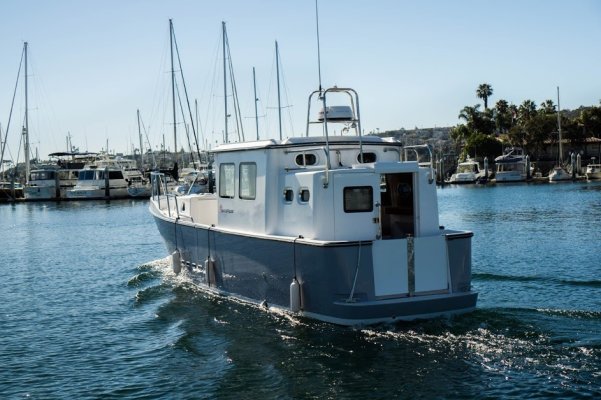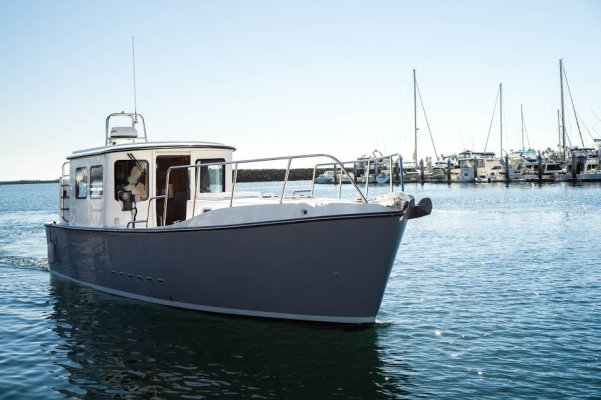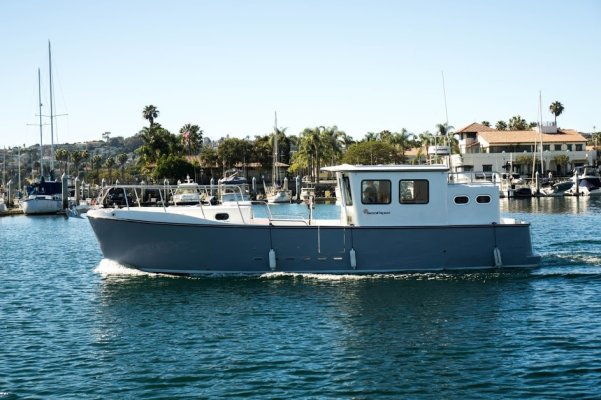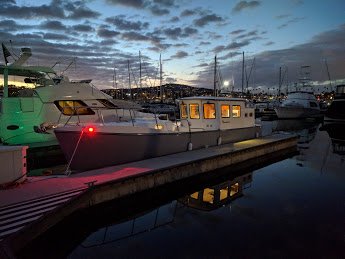Island Bound
Senior Member
- Joined
- Nov 30, 2014
- Messages
- 113
- Location
- USA
- Vessel Name
- Semper Fi
- Vessel Make
- 2005 Great Harbour N37
[FONT=arial, helvetica, sans-serif]The first SeaPiper 35 has been delivered and the company has started to update the computer renderings on their website with photos of the actual boat. I have been corresponding with the company president Ritzo Muntinga for the past year and have been very impressed with the quality of the materials and the construction process of these unique little vessels. He has given me permission to post the photo link below so that anyone who is interested can see for themselves what I mean.
Of particular note and interest to me is that every new owner(s) will be issued a complete set of customized schematics for their boat. They remind me of the schematics I used to teach B-727 ground school and cover the electrical, plumbing, fuel and heating and cooling systems. This is a very professional touch and I am sure that most of us would love to have something similar for our boats.
I am posting this information because I think the SeaPiper 35 provides a traditional small trawler offering, not seen since the Willard 30, for customers looking for such a vessel. Obviously the SeaPiper is not for everyone, but if you are looking for a small capable and extremely fuel efficient (6+ MPG) trawler, it is certainly worthy of your consideration. Spending the summers exploring the Great Lakes and then having your boat shipped to Florida on a standard tractor trailer rig for the winter has a certain appeal to me. If I were not a full time live aboard, it would be something that I would look at closely.
https://photos.app.goo.gl/DqNMCh6d08LGrUXq1[/FONT]
[FONT=arial, helvetica, sans-serif]
[/FONT]
Of particular note and interest to me is that every new owner(s) will be issued a complete set of customized schematics for their boat. They remind me of the schematics I used to teach B-727 ground school and cover the electrical, plumbing, fuel and heating and cooling systems. This is a very professional touch and I am sure that most of us would love to have something similar for our boats.
I am posting this information because I think the SeaPiper 35 provides a traditional small trawler offering, not seen since the Willard 30, for customers looking for such a vessel. Obviously the SeaPiper is not for everyone, but if you are looking for a small capable and extremely fuel efficient (6+ MPG) trawler, it is certainly worthy of your consideration. Spending the summers exploring the Great Lakes and then having your boat shipped to Florida on a standard tractor trailer rig for the winter has a certain appeal to me. If I were not a full time live aboard, it would be something that I would look at closely.
https://photos.app.goo.gl/DqNMCh6d08LGrUXq1[/FONT]
[FONT=arial, helvetica, sans-serif]
[/FONT]




